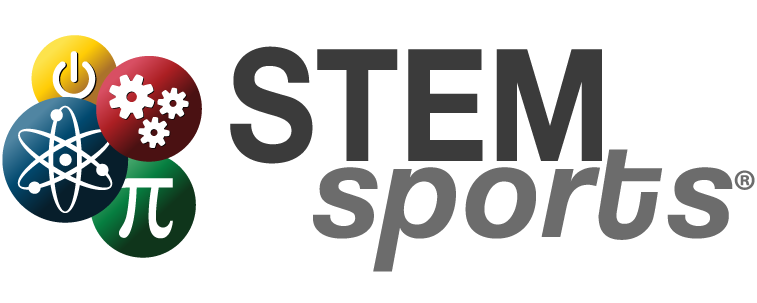Table of Contents
In a world filled with technological advancements, the fields of science, technology, engineering, and mathematics (STEM) are experiencing continuous and significant changes. These developments require a corresponding evolution in educational curricula to ensure they remain relevant and effective. The primary challenge for educators is to develop and maintain a STEM curriculum that is both responsive and adaptable to these ongoing advancements. In this article, we will review tactics and tools for educators to refresh their STEM curricula, ensuring it is effective and engaging for students.
Evaluating Your Current STEM Curriculum
Before diving into the transformation process, it is essential to evaluate your existing STEM curriculum critically. This evaluation helps in identifying aspects that are outdated or no longer align with the current advancements in STEM fields along with what is still relevant and can serve as a foundation. Consider the following key areas during your review:
- Relevance to Current Technology: Ensure the curriculum includes recent developments in technology and science.
- Practical Application: Assess whether the curriculum encourages practical, hands-on experience that can be connected to the real world.
- Interdisciplinary Integration: Check for the inclusion of cross-disciplinary subjects that complement STEM learning.
- Student Engagement: Evaluate how the curriculum engages students and stimulates their interest in STEM.
- Outcome Alignment: Ensure the learning outcomes are in sync with modern STEM career paths and societal needs.
Integrating Cutting-Edge Technologies
Incorporating modern technologies such as AI, robotics, and virtual reality into the curriculum isn’t just beneficial; it’s imperative. These tools not only make learning more engaging but provide a realistic glimpse into the future work environment of students. By familiarizing students with these technologies, we prepare them for future careers that, while currently emerging, will soon be mainstream.
Collaborative Learning and Peer-to-Peer Education
Collaborative learning and project-based learning are not just educational trends and they are proven, crucial components of education that help maximize student success. By promoting teamwork and allowing peer interactions, students acquire valuable skills such as communication, problem-solving, and collaboration. By using curricula that create this environment, educators create a sense of belonging, making learning a shared and enjoyable experience.
Cross-Disciplinary Approaches in STEM
Cross-disciplinary learning, particularly in STEM education, plays a crucial role in enhancing student success. By integrating subjects beyond the traditional STEM boundaries, such as the humanities and arts, students gain a more holistic understanding of the material. This approach not only enriches their knowledge base but fosters critical thinking and creativity – skills essential to the real-world implementation of skills. Research has shown students who engage in cross-disciplinary learning often demonstrate improved problem-solving abilities and a greater capacity for innovative thinking.
Customizing Learning Experiences
Personalizing learning experiences to cater to diverse student interests and abilities can significantly enhance engagement and understanding. When refreshing your classroom curricula, consider these customization tactics:
- Flexible Assignments: Allowing students to choose their assignment topics within a certain framework fosters creativity and ownership of their learning. For example, in a unit on renewable energy, students could be given the freedom to choose a specific area of focus, such as solar power or wind energy. This flexibility not only caters to diverse interests but also encourages deeper exploration of a subject.
- Sports as a Teaching Tool: Utilizing sports to explain STEM concepts makes learning relatable and fun. For example, educators could use lacrosse to facilitate STEM learning. A facilitator can use the design of a lacrosse stick or helmet to teach principles of the engineering design process to students. This real-world example gives students an engaging example of how STEM concepts can be applied to the world around them.
- Interactive Experiments and Simulations: Incorporating interactive experiments and simulations can cater to students who are visual and experiential learners. For instance, a facilitator might use a virtual lab simulation for experiments too complex or unsafe to conduct in a typical classroom, like exploring chemical reactions or astronomical phenomena. This is a great option for educators who are looking to leverage technology and have the flexibility of more frequent refreshes to their curricula.
Gathering Student Feedback for Curriculum Development
Student feedback is a key element to successful curriculum development; Not only does it provide insight into what works and what doesn’t, but it also empowers students by giving them a voice in their education. This feedback can be gathered through surveys, focus groups, or open discussions.
A Continual Process of Growth and Adaptation
Refreshing the STEM curriculum is not a one-time task but a continual journey of adaptation and growth. It’s about nurturing curious, well-informed students who are ready to face the challenges of tomorrow. If you are an educator looking for a ready-to-implement curriculum for K-8 students, click here to explore STEM Sports® current curricula offers.
